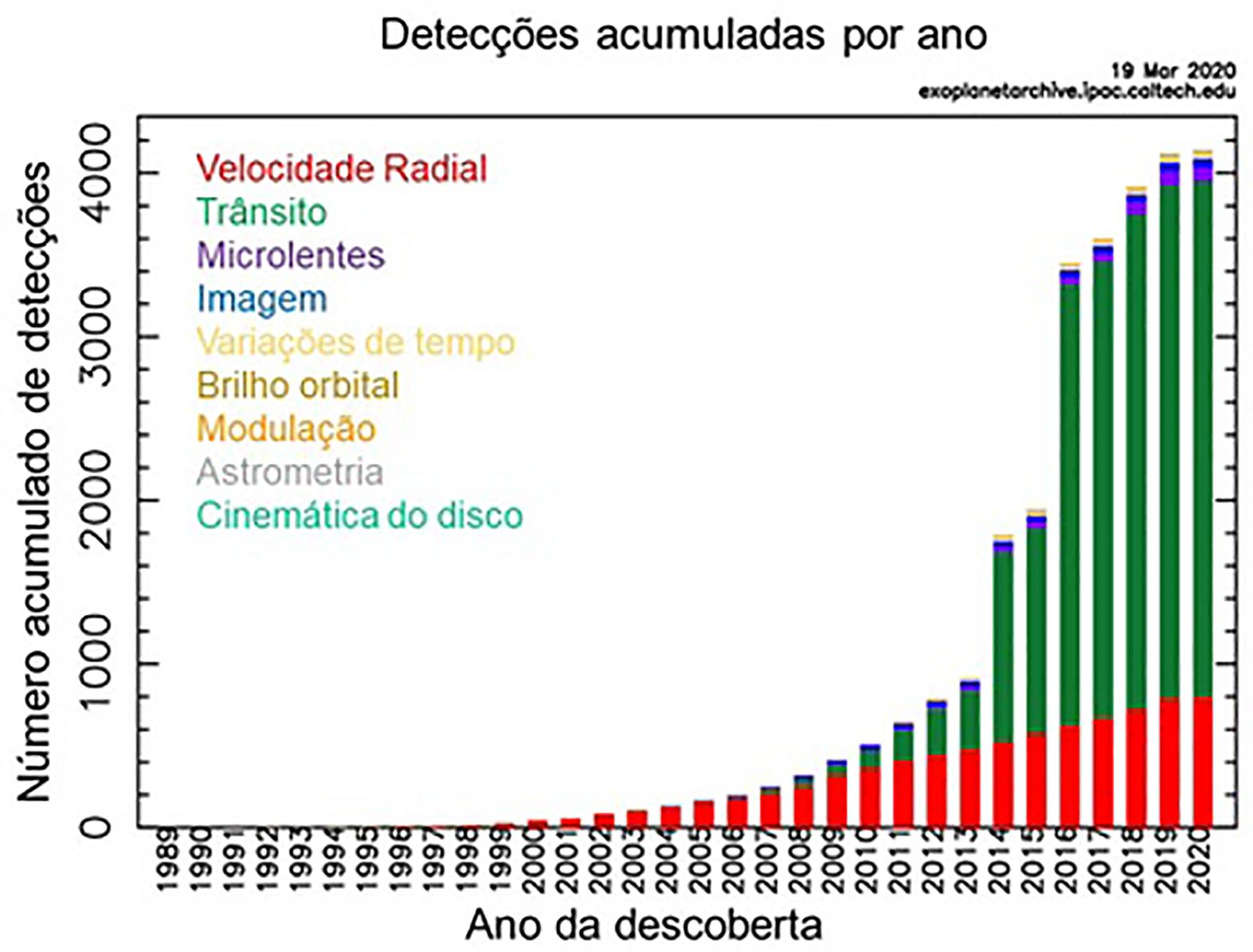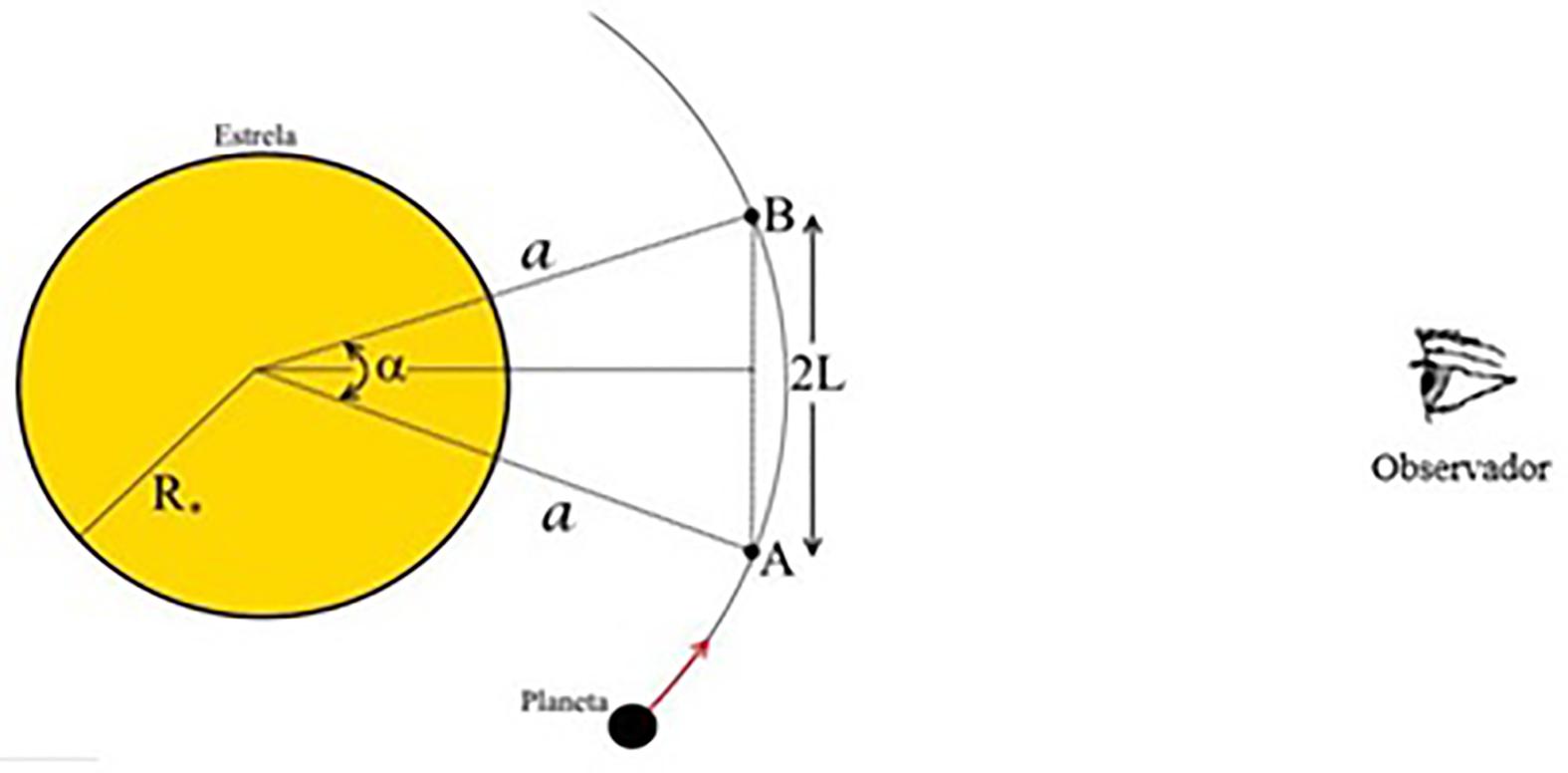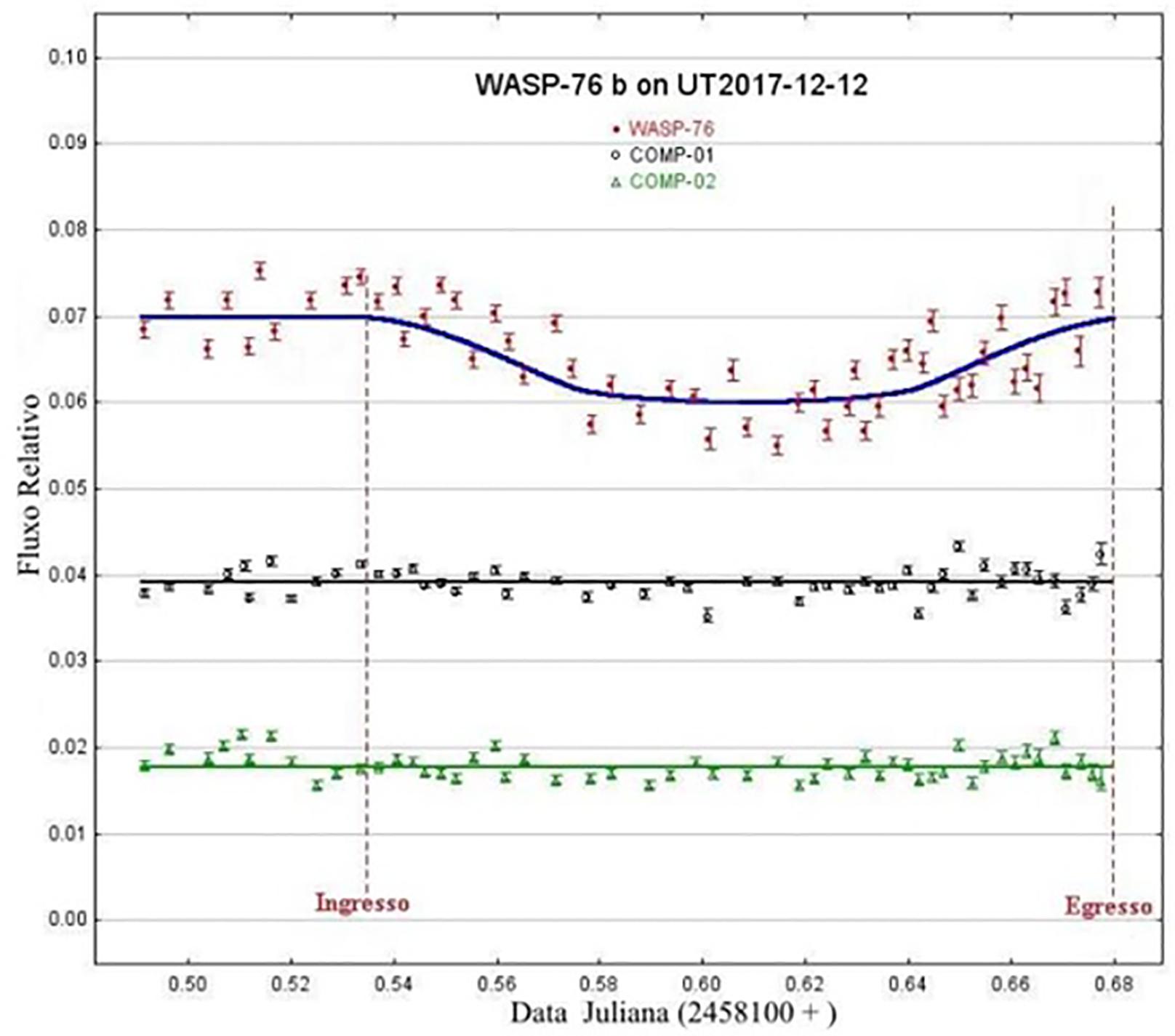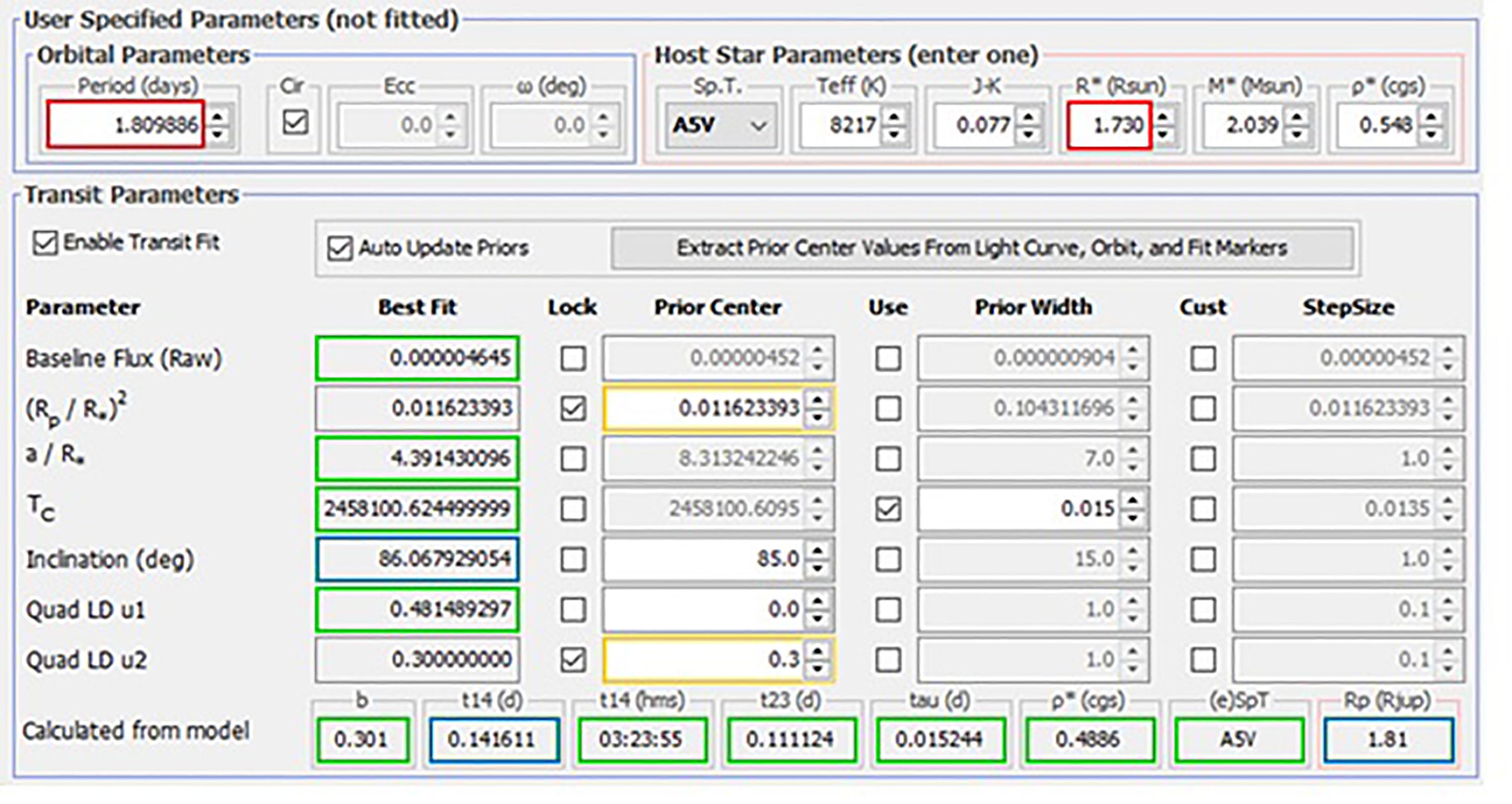Abstract
In this paper we describe how to observe a planetary transit using a small aperture telescope, as well as the strategies used to select the object, make the observations, the treatment and the data analysis. As an example, we observed the planetary transit on the WASP 76 star and estimated the transit time, the radius, the orbit semi major-axis and the orbital inclination of the planet. The results show that telescopes with modest instrumental configuration can be used to obtain satisfactory data about exoplanets that transit bright stars. Based on this result, we propose that it is possible to do observational astronomy with small-aperture telescopes, such as the instruments that exist in the different small-observatories installed in universities and a research centers in Brazil, to provide scientific literacy for undergraduate students and from high school students.
Keywords:
planetary transit; exoplanet; light curve; small-observatory; scientific literacy









